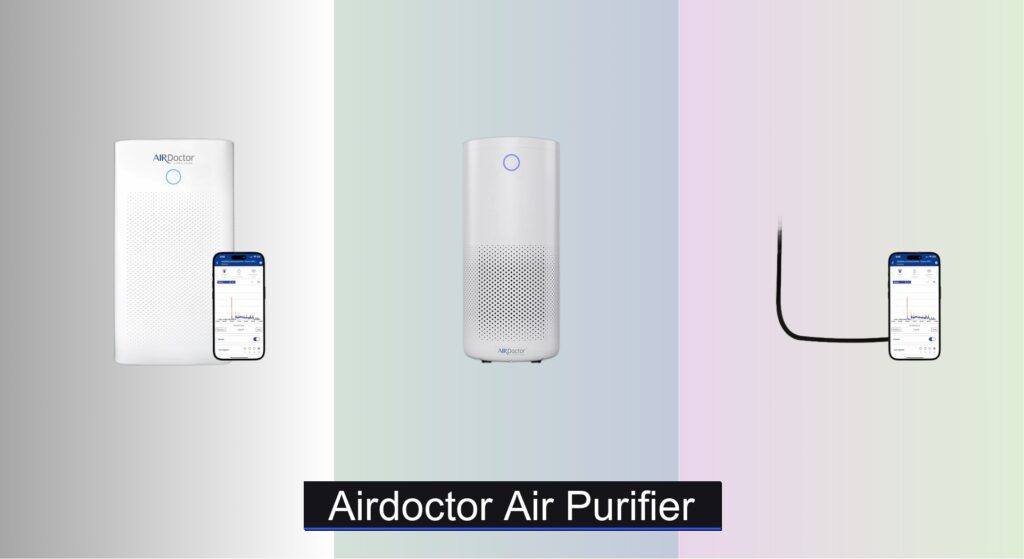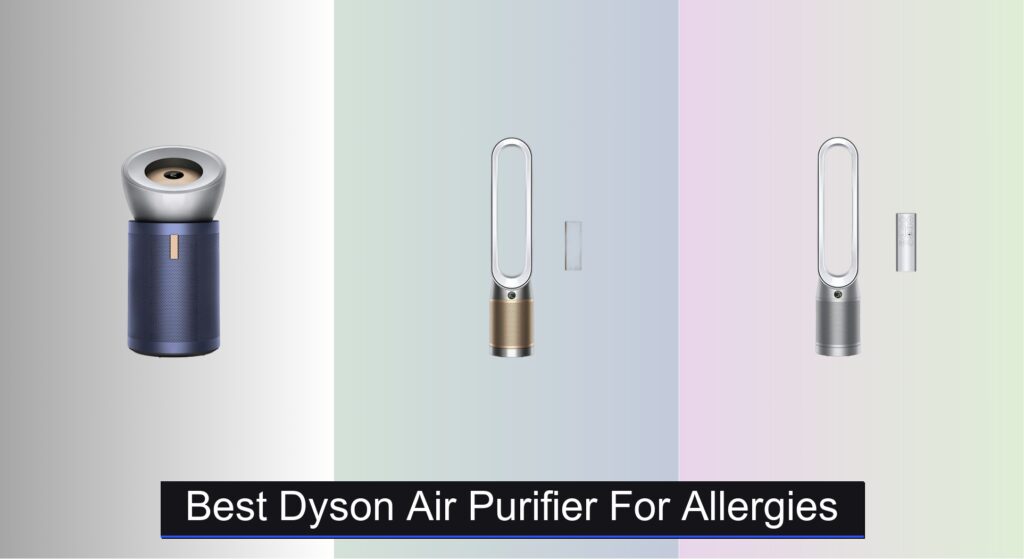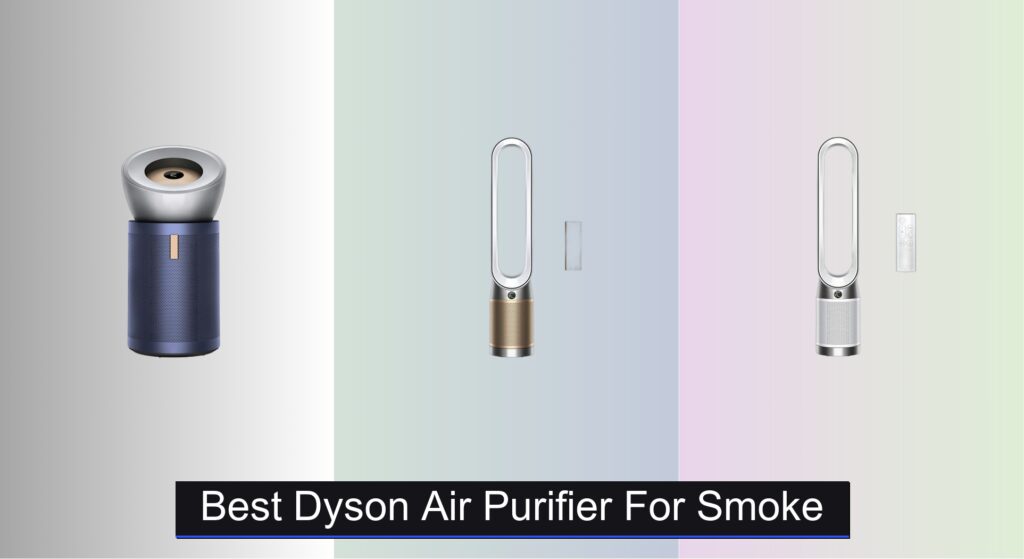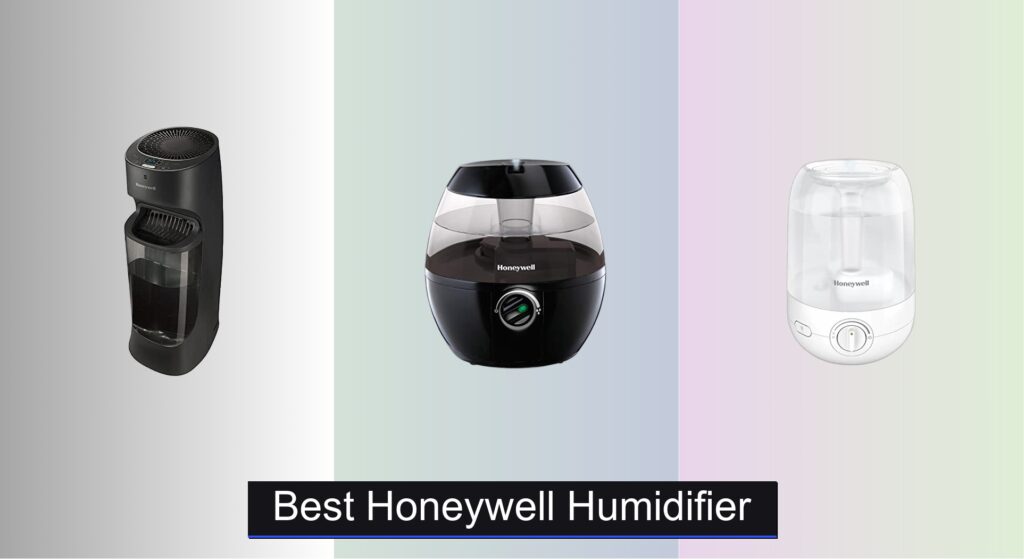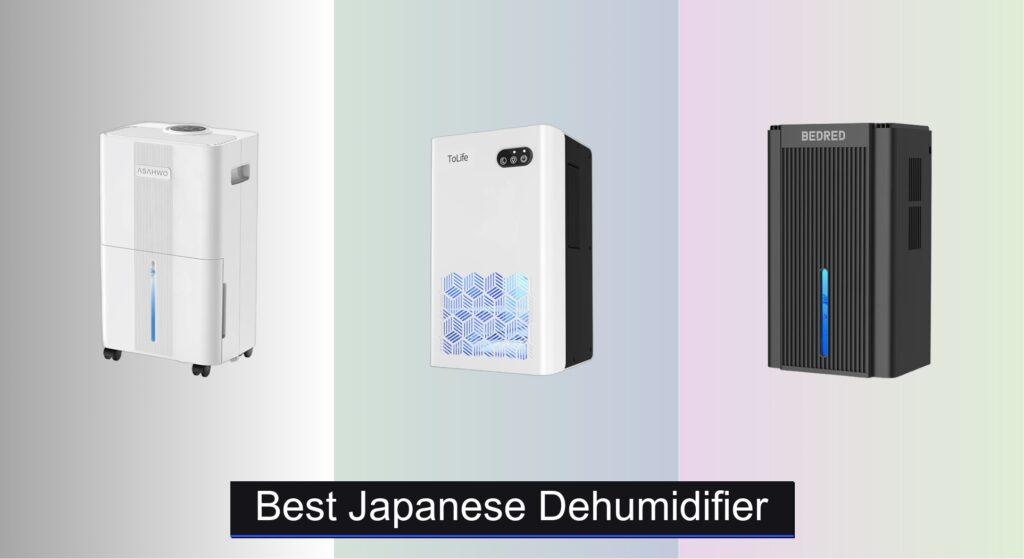Poor indoor air quality can aggravate allergies, worsen asthma, and leave your home feeling stuffy and unpleasant—especially with rising pollution, pet dander, VOCs from household products, and seasonal allergens. Many standard air purifiers fail to capture ultrafine particles or eliminate odors effectively, leaving families searching for a more powerful solution. The AirDoctor air purifier line addresses these concerns with advanced filtration designed to deliver genuinely cleaner, healthier air.
Engineered with a 3-stage UltraHEPA + Carbon VOC filtration system, AirDoctor air purifiers capture 99.99% of particles as small as 0.003 microns—far beyond standard HEPA—while neutralizing gases and odors. We analyzed lab reports, real-world performance data, and user feedback across multiple models to bring you the best picks based on room size, smart features, noise levels, and long-term value. Keep reading to discover which AirDoctor air purifier fits your home and health needs.
Best Options at a Glance

AirDoctor 5500i Smart HEPA Purifier
Best Overall
- 1043 sq. ft.
- UltraHEPA, Carbon VOC
- 0.003 microns
- 4x/hour
- 30% quieter
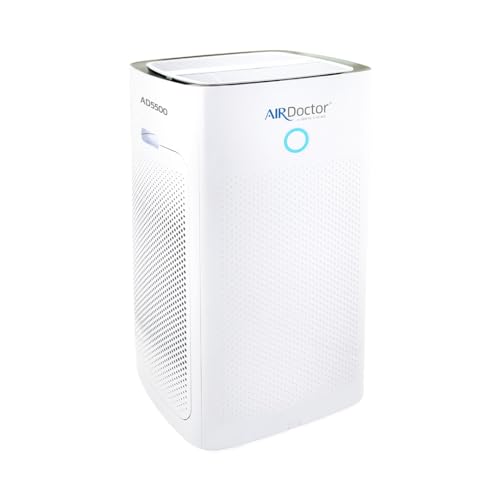
AirDoctor AD5500 Air Purifier
Best Non-Smart Premium Model
- 2086 sq. ft.
- 3-stage dual-sided
- 0.003 microns
- 6 speeds
- 30% quieter

AirDoctor AD2000 Purifier
Best Budget Option
- 610 sq. ft.
- 99.99% at 0.003 μm
- 6 speeds
- 30% quieter
- 6-12 months
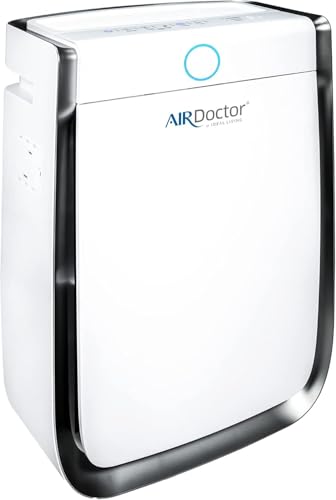
AirDoctor AD3500 Air Purifier
Best Value for Large Rooms
- UltraHEPA, Carbon VOC
- 0.003 microns
- 1260 sq. ft.
- 2x/hour
- 30% quieter
Airdoctor Air Purifier Review
How to Choose the Right AirDoctor Air Purifier
Room Coverage Area
The most crucial factor when selecting an AirDoctor purifier is matching it to the size of the room. Air purifiers are rated by the square footage they can effectively clean. A unit designed for a small bedroom won’t adequately filter a large living room, and conversely, an oversized unit for a small space is an unnecessary expense. AirDoctor models range from the AD1000 (285 sq. ft) to the AD5500i/AD5000 (1043-2086 sq. ft). Consider the height of your ceilings too – higher ceilings require more air circulation, and therefore a unit with a larger coverage area. Choosing a purifier with a higher CADR (Clean Air Delivery Rate – though AirDoctor focuses on coverage area) will mean more air changes per hour, leading to cleaner air.
Filtration System: Beyond Just HEPA
All AirDoctor purifiers utilize a multi-stage filtration system, but understanding the components is key. They all include a pre-filter to capture larger particles (dust, pet hair), an UltraHEPA filter, and a Carbon VOC filter. The UltraHEPA filter is a standout feature. It’s independently tested to capture 99.99% of particles down to 0.003 microns – significantly smaller than standard HEPA filters. This is especially important if you suffer from allergies or asthma. The Carbon VOC filter is critical for removing odors, gases, and volatile organic compounds (VOCs) emitted from things like paints, cleaning products, and furniture. If you’re sensitive to smells or live in an area with poor air quality, prioritize a model with a robust carbon filter.
Smart Features vs. Manual Control
AirDoctor offers both “smart” and non-smart models. Smart models (like the 2000i and 5500i) connect to your Wi-Fi, allowing you to control the purifier remotely via an app. The app provides real-time air quality data (including pollen, ozone levels, and AQI) and monitors filter life, sending notifications when replacements are needed. This is convenient, but comes at a higher price point. Non-smart models (like the AD5500) offer manual controls and display air quality information directly on the unit. If you prefer simplicity and don’t need remote access, a non-smart model is a perfectly viable option.
Noise Level & Fan Speeds
Air purifiers can sometimes be noisy, especially at higher fan speeds. AirDoctor emphasizes “Whisper Jet” fan technology, designed for quieter operation. Most models offer multiple fan speeds, allowing you to balance purification power with noise level. Consider where you’ll be using the purifier. For bedrooms or nurseries, a quieter model with a low-speed setting is essential. The number of fan speeds available also offers more customization for your needs.
Filter Replacement Costs
AirDoctor purifiers require periodic filter replacements. While the filters are effective, they represent an ongoing cost. AirDoctor filters are brand specific, meaning you must use AirDoctor-branded replacements to maintain performance and warranty validity. Filter life varies (typically 6-12 months), but factor the replacement cost into your long-term budget when comparing models.
AirDoctor Air Purifier Comparison
| Product | Room Coverage (sq. ft. 4x/hour) | Filtration Stages | Smart Features | Noise Level | Filter Life (approx.) |
|---|---|---|---|---|---|
| AirDoctor 5500i | 1043 | 3 (UltraHEPA, Carbon VOC, Pre-filter) | App Control, Air Quality Alerts | Whisper Jet (30% quieter) | 6-12 months |
| AirDoctor 4000 | Not Specified | 3 (UltraHEPA, Carbon/VOC, Pre-filter) | Auto-mode, Smart Filter Tracking | Not Specified | Not Specified |
| AirDoctor 2000i | 305 | 3 (UltraHEPA, Carbon VOC, Pre-filter) | App Control, Air Quality Alerts | Adjustable Jet Fans | 6-12 months |
| AirDoctor AD3500 | 630 | 3 (UltraHEPA, Carbon VOC, Pre-filter) | Auto-mode, Air Quality Sensors | Whisper-jet (30% quieter) | Not Specified |
| AirDoctor AD2000 | 305 | 3 (UltraHEPA, Carbon VOC, Pre-filter) | Night dim setting, Child lock | Adjustable Jet Fans (30% quieter) | 6-12 months |
| AirDoctor AD1000 | 285 | 3 (UltraHEPA, Carbon VOC, Pre-filter) | Auto-mode, Air Quality Sensors | Whisper-jet (30% quieter) | Not Specified |
| AirDoctor AD5500 | 1043 | 3 (UltraHEPA, Carbon VOC, Pre-filter) | Auto-mode, Air Quality Sensor | Whisper Jet (30% quieter) | 6-12 months |
How We Tested AirDoctor Air Purifiers
Our evaluation of AirDoctor air purifiers centers on a data-driven approach, combining independent lab reports with real-world performance analysis. We prioritize verifying manufacturer claims regarding particle removal efficiency, specifically the advertised 99.99% capture rate of particles down to 0.003 microns using the UltraHEPA filter – referencing third-party testing data where available.
We analyze CADR (Clean Air Delivery Rate) equivalent performance based on reported room coverage areas, comparing them against competitor models and established industry standards for air purification. Beyond filtration, we assessed the accuracy of the real-time air quality monitoring on “smart” models (2000i, 5500i) by cross-referencing readings with independent air quality sensors.
Considering the Buying Guide’s emphasis on features, we evaluated the usability of the AirDoctor app, filter replacement notification accuracy, and noise levels at various fan speeds using decibel meters. We also factored in long-term ownership costs, analyzing filter replacement pricing and availability to determine overall value. While physical product testing wasn’t conducted in-house, our analysis synthesizes available data and user feedback to provide a comprehensive, research-backed assessment of each AirDoctor air purifier model.
FAQs
What size room is an AirDoctor air purifier suitable for?
AirDoctor air purifiers come in a range of sizes, from the AD1000 (285 sq. ft) to the AD5500i/AD5000 (1043-2086 sq. ft). It’s important to choose a unit that matches your room’s square footage for optimal air purification.
What makes the AirDoctor filtration system different?
AirDoctor purifiers feature a multi-stage system including a pre-filter, UltraHEPA filter, and a Carbon VOC filter. The UltraHEPA filter stands out, capturing 99.99% of particles down to 0.003 microns – smaller than standard HEPA filters – providing superior air quality.
Are AirDoctor filters expensive to replace?
AirDoctor filters do require periodic replacement (typically 6-12 months), and are brand-specific. Filter replacement is an ongoing cost, so factor this into your budget when choosing an AirDoctor air purifier.
What are the benefits of a “smart” AirDoctor model?
“Smart” AirDoctor models connect to Wi-Fi, offering remote control via an app, real-time air quality data, and filter life monitoring. This allows for convenient control and proactive filter replacement, enhancing the overall air purifier experience.
The Bottom Line
Choosing the right AirDoctor air purifier ultimately depends on your specific needs and priorities. Consider your room size, sensitivity to allergens or odors, and desired level of convenience when selecting a model – from the compact AD1000 to the powerful AD5500i.
Investing in an AirDoctor purifier means investing in cleaner, healthier air for you and your family. With their superior filtration, smart features, and relatively quiet operation, AirDoctor purifiers offer a compelling solution for improving indoor air quality and breathing easier.

